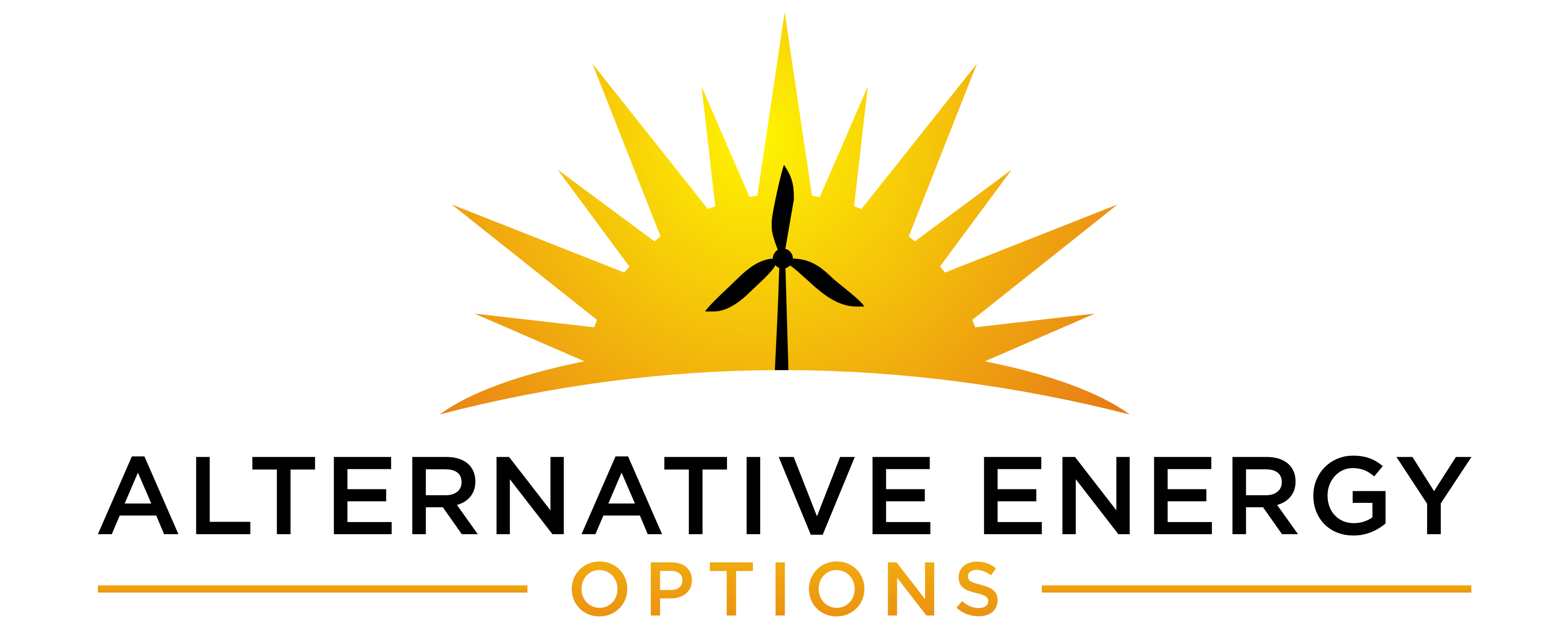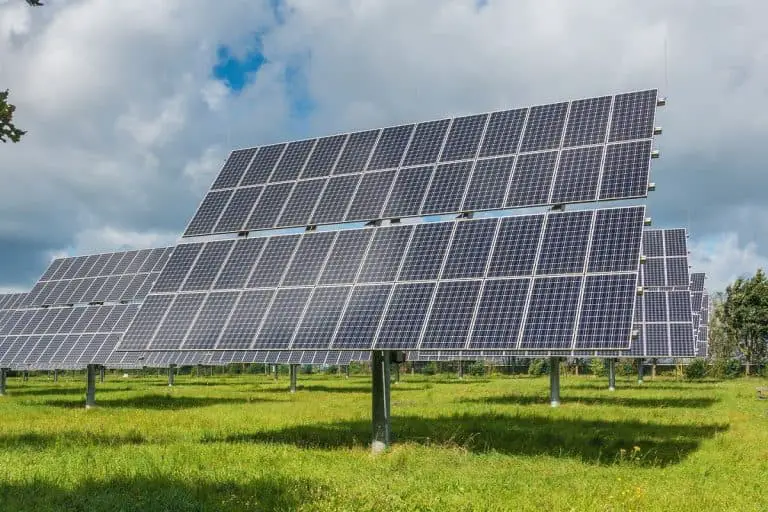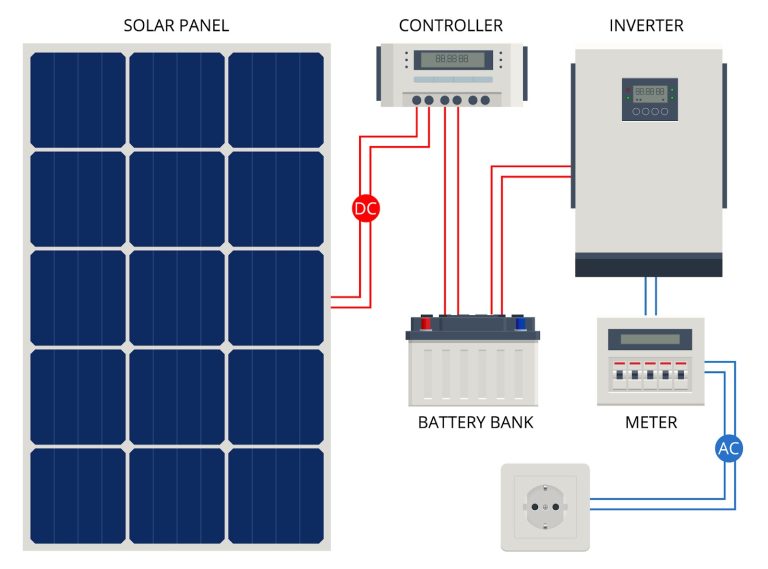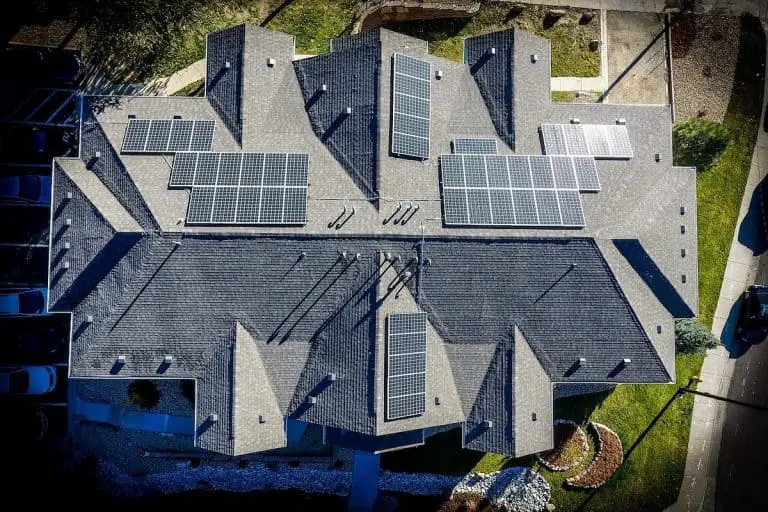Can You Charge a Power Bank with a Solar Panel?
In our fast-paced world, the last thing you need is to lose battery power on your mobile devices. A portable power bank is a great way to ensure that you always have an option for recharging your mobile phone, headphones, or tablet. But what happens when your power bank loses charge and there’s no electrical point nearby?
Power banks can be charged using solar panels. These panels can be attached to the power bank via a USB port or built into the device. Solar panels draw energy from the sun, so the amount of charge will depend on the amount of sunlight available.
Using a solar panel to recharge your power bank requires some knowledge about cell voltage and charge capacity to ensure you get the maximum amount of charge from the solar panel. This article will take a closer look at how solar panels work, how to charge your power bank with a solar panel, and the types of power banks that can be charged with solar panels.
How Does a Solar Panel Work?
Drawing their energy from the sun, solar panels convert it into electrical power. The panels absorb sunlight using photovoltaic cells, which generate direct current (DC) and convert it into usable alternating current (AC) with the help of inverter technology.
This power can then be used to recharge all kinds of devices, from mobile phones and headphones to large items like car batteries. The amount of charge that a solar panel can generate depends directly on the amount of light reaching the solar panel and the panel’s size (source).
A solar panel will generate the most amount of energy from direct sunlight. The panel size also influences the amount of power generated. Larger panels will absorb more sunlight and therefore produce more energy.
How Does a Solar Panel Charge a Power Bank?
When using a solar panel to recharge a power bank, both systems need to be modified to work together efficiently. Power banks use lithium-ion or lithium-polymer batteries that can be recharged using a solar panel.
A power bank is charged via a USB port or a special higher-voltage input with an appropriate adaptor. The solar panel converts the sunlight into electrical energy, which can then be made available to the power bank via a 5-volt USB output point (source).
A solar panel or a solar power bank needs a solar charge controller to prevent the batteries in the power bank from overcharging, as well as serving the purpose of extending the life of the batteries.
A solar charge controller acts as a regulator and delivers power from the panels to the system loads and the battery bank. When the battery bank is almost fully charged, the controller will taper off the charging current in order to maintain the required voltage, keeping the battery fully charged. It also prevents the battery from overcharging.
Considerations for Solar Panel Power Bank Charging
The essential thing to remember when charging your power bank with a solar panel is that direct sun makes a major difference in the amount of electricity generated. It is important to place the solar panel at the right angle to ensure the power bank draws the maximum charge.
Even a slight layer of clouds passing in front of the sun can cause the generated electricity to drop dramatically. Changing the angle of the panel from being directly angled to the sun to a flat surface can also reduce the power on the USB outlet.
If you are charging the solar panel in very hot temperatures, it’s a good idea to remove the solar charger from the direct sun once it is fully charged. Extremely hot temperatures can cause damage to the solar charger.
How Long Does It Take to Charge a Power Bank with a Solar Panel?
The lithium-ion or polymer batteries in a power bank are charged via a micro-USB port. When the batteries are recharging, the current is reduced at the end of the charge to keep the battery voltage stable.
Therefore, approximately 80% of the charge will be loaded quickly, while much more time is needed for the remaining 20%. This is called trickle charging (source).
Solar panels convert sunlight into electrical energy with an output of between two and eight watts, depending on the size and technology of the solar panels. In direct, unobstructed sunlight, it can take up to 50 hours to charge the battery on a standard (25,000mAh) power bank fully.
How Does a Solar Power Bank Work?
You can buy a power bank with a built-in solar panel. Solar power banks are a sustainable and environmentally-friendly way of charging your electronic devices. They are a great option for recharging if you are planning to be off the grid or away from a mains power source for any length of time.
A solar power bank is similar to a standard power bank, but it has a small built-in solar panel to charge a rechargeable lithium-ion battery. The built-in panel in the power bank is a photovoltaic cell that is set between two pieces of semi-conductive material, such as silicon. This material allows an electrical field to be created.
This electric field causes electrons to move around within the cells. Electrons are hit by photons of sunlight and collected by a conductive plate to create electricity and recharge the battery within the power bank.
What Is the Best Time of Day to Charge a with a Solar Panel?
As we know, solar panels draw energy from the sun and convert it into power. The panel will produce the most amount of charge or power from strong, direct sunlight. The best time of the day to charge your solar panels or solar power bank is when the sun is at its highest early in the day.
Keep in mind it is the light of the sun, not the heat, that charges the battery. Extreme heat may even negatively affect the performance of the panel, making them less efficient. Be sure to recharge your power bank when temperatures are ambient.
Can You Charge in Indirect Sunlight?
Yes, you can charge a solar panel or a solar power bank in indirect sunlight, but it will not be as effective and will take much longer to charge. Less direct light hitting the panel means less chance of photons interacting with the electrons and, therefore, less charging occurs.
The solar panels used to recharge small devices such as power banks are usually quite small, so you will need as much direct sunlight as possible to produce sufficient energy to recharge your power bank in the shortest amount of time.
The same applies to shady areas or cloudy days. A solar panel or solar power bank will still recharge in a shady spot or on a cloudy day but at a very slow rate.
Benefits of Charging a Power Bank with a Solar Panel
Using a solar panel to charge a power bank has several benefits since they’re environmentally friendly and can charge anywhere, even charging multiple power banks at once.
Environmentally-Friendly
Perhaps the most important benefit of recharging a power bank using solar panels is that it is sustainable and environmentally-friendly.
Solar panels use the energy of the sun to produce power, so you don’t need to plug it into a socket, meaning it saves a good amount of electricity. By not using electricity, you are also reducing your carbon footprint and reducing the use of fossil fuels.
Charge Anywhere
As long as there is direct sunlight, a power bank can be charged anywhere using solar panels. If the panels are placed in direct sunlight, they will draw the maximum amount of energy and produce electricity.
Once the solar battery charger has been recharged by the sun, it stores that energy, so it can be used to recharge devices such as mobile phones, laptops, tablets, and headphones. You can recharge a power bank using solar panels during the day and can use it overnight to charge your devices (my post.).
Charge Several Power Banks at Once
You can charge several power banks at once, depending on the number of solar panels. The number of solar panels determines the amount of power it can store, so using more than one solar panel will allow you to recharge several devices at once.
Portable
A solar power bank is portable and allows you to recharge your devices when you are off the grid or away from a mains power source for any length of time, such as when you are camping or hiking (thru-hiker.co.) You can simply use the power of the sun to recharge your devices and remain connected with family and friends.
Final Thoughts
Using the sun’s energy to recharge a power bank is a sustainable and environmentally friendly way to ensure your devices are always charged.
Whether you are in the city or off the grid, a solar panel is a great way to keep your power bank fully charged and use the energy from the sun that you’ve stored during the day to recharge your devices overnight.






